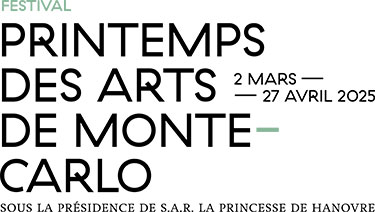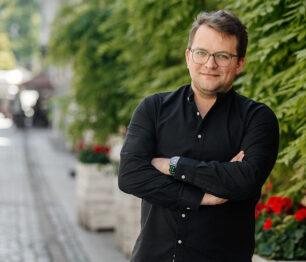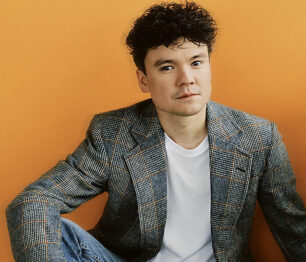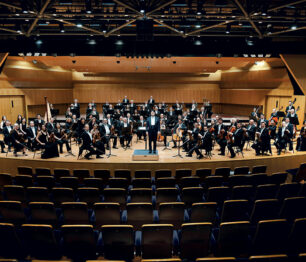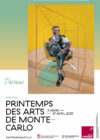“I owe Bartók the beginning of a vocation”, Pierre Boulez told a Télérama journalist in 2001, referring to a concert in October 1959. For it was then, when he replaced Hans Rosbaud at the last minute at the head of the Baden-Baden SWR Symphony Orchestra, in the very demanding suite from The Miraculous Mandarin, that the young French composer’s taste for the profession of conductor asserted itself. Boulez would go on conducting Bartók’s music throughout his career, appreciating the way the Hungarian master “seized upon authentic popular sources to invent his own imaginary folklore”, praising “his prodigious vitality, his rhythmic pulsations in the vein of Stravinsky”, admiring his orchestrations and singular timbre effects. More generally, it is the original path mapped out by the Mandarin composer, alongside the twelve-tone serialism of his contemporaries – Schoenberg, Berg and Webern – that Boulez was interested in: “His spontaneity of invention is an excellent antidote to the theoretical straitjacket that the three Viennese imposed on themselves.”
This Boulezian reading of Bartók is perfectly applicable to the Hungarian composer’s Violin Concerto No. 2. Bartók wrote it in 1937-1938, three years after Alban Berg’s Violin Concerto “to the Memory of an Angel”– a copy of which he had asked from his publisher for reference. It’s no coincidence, then, that Bartók’s chromaticism should sometimes follow the precepts of Viennese dodecaphony (as in the second theme of the first movement). However, the score shines with inventiveness and freedom, as in the violin’s first melody, which is repeated many times but never identically, as if in constant evolution.
The concept of variation is present throughout the concerto: the finale is a sort of gigantic variation on the first movement, with the return of the two main themes (melodic line and dodecaphonic idea) treated in a much more dance-like vein. As for the central movement, it is made up of a single singing theme to which Bartók applies a succession of fascinating treatments – at first delicately ornamenting it, then surrounding it with a supernatural alloy of harp, celesta and harmonics, hammering it into double strings, and finally transforming it into a round of mischievous imps. While the violin is always at the centre of the game, with a multitude of virtuoso gestures, Bartók applies utmost care to all the timbres of the orchestra, foreshadowing his famous later Concerto for Orchestra.
Among the contemporaries of the Second Viennese School who caught Boulez’s attention, one could easily overlook Alexander Scriabin so marked was he by a kind of mysticism that Boulez was, by his own admission, impervious to. However, the Russian master experimented in ways that sharpened the French composer’s eye and ear. His Poem of Ecstasy, written between 1904 and 1908, does have an exalted literary component (which the listener can do without, according to the composer himself), but its architecture is nonetheless astonishing: Scriabin arranged six sections one after the other, each based on a multiple of 36 beats. However, it was not so much this mathematical play as the powerful rhythmic and orchestral effects of the score that made an impression on Boulez, who saw it as a forerunner of Stravinsky’s Firebird.
In 1999, Peter Eötvös also asked himself arithmetical questions when faced with a score. He was Hungarian, like Bartók, whose music he had learned “like a mother tongue”. A conductor and composer like Boulez, he was his direct heir, becoming in turn musical director of the Ensemble Intercontemporain in 1979. Twenty years later, Boulez commissioned a piece from him for the London Symphony Orchestra. As the year 2000 approached, Eötvös thought again about Domaines, a work by Boulez that he had often conducted and that had always intrigued him, because of the number zero that tops the first bar instead of the usual “1”. So he imagined a score that would fill the space between “0” and “1”, which he named zeroPoints. In nine connected sections, numbered from “0.1” to “0.9”, Eötvös deployed nine ways of opening a work – and mischievously began with three brief E-flat sounds of clarinet, which reproduce at a frequency of 1000 Hz the countdown usually used in film music recording sessions.
If this gesture, like the general concept of the work, is not devoid of humour, the score by this recently deceased composer also contains an element of nostalgia: the initial tremolo of the double basses imitates the sound of the old vinyl records that shaped Eötvös’s musical childhood. As for this succession of zeroPoints, it can be understood as an opening up to the multiple possibilities of a new millennium… or as a way of offering his spiritual father a return to the “mother tongue” – that spirit of variation for orchestra so dear to Bartók.
Tristan Labouret
